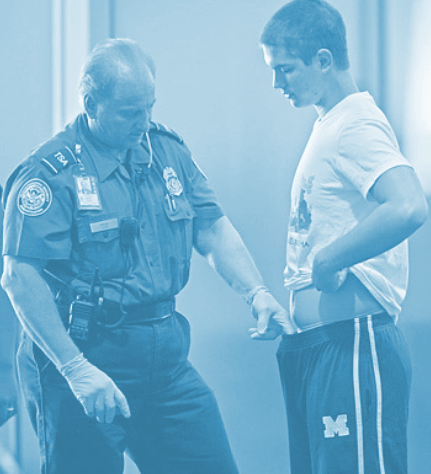Strip searches soar in NSW
 New stats show a huge rise in the use of strip searches in NSW.
New stats show a huge rise in the use of strip searches in NSW.
In 2006, police conducted 277 field strip searches, but by 2018 that number had leapt to 5,483.
Over the same time period, strip searches in police custody in stations jumped from 6841 to 9,381. In 2018/19, searches in custody dropped to 6,827.
The figures were compiled by researchers at the University of New South Wales.
“Over the past decade we have seen the number of strip searches continue to rise (but) our findings reveal such searches are doing little to tackle serious drug crime,” UNSW law academic Vicki Sentas said in a statement.
Dr Sentas co-authored the Rethinking Strip Searches by NSW Police report, commissioned by the Redfern Legal Centre (RLC).
The report says that suspected possession of an illegal drug was the reason given for over 91 per cent of strip searches in the field in 2018/19.
The experts found that searches in the field found nothing around 63 per cent of the time.
Over forty per cent of searches were conducted on those aged 25 years and under.
Aboriginal and Torres Strait Islander people accounted for between 22.1 and 23.1 per cent of people strip searched in police stations between 2016/17 and 2018/19.
RLC solicitor Samantha Lee says strip searches should be a last resort, not a standard measure.
“Strip searches are an invasive, humiliating and harmful process, and as such, should be only used in exceptional circumstances when no other alternative is available,” Ms Lee said in a statement.
Report co-author Dr Michael Grewcock says police are using strip searches routinely, and “with little regard for the law and their own internal guidelines”.
“We need greater transparency and accountability regarding these practices,” Dr Grewcock said in a statement.
The report calls for clearer laws about what, when and how police should conduct a strip search.
It also recommends clarification on a current rule that “police cannot search a person's genitals or breasts during any personal search unless police consider it necessary”.







 Print
Print